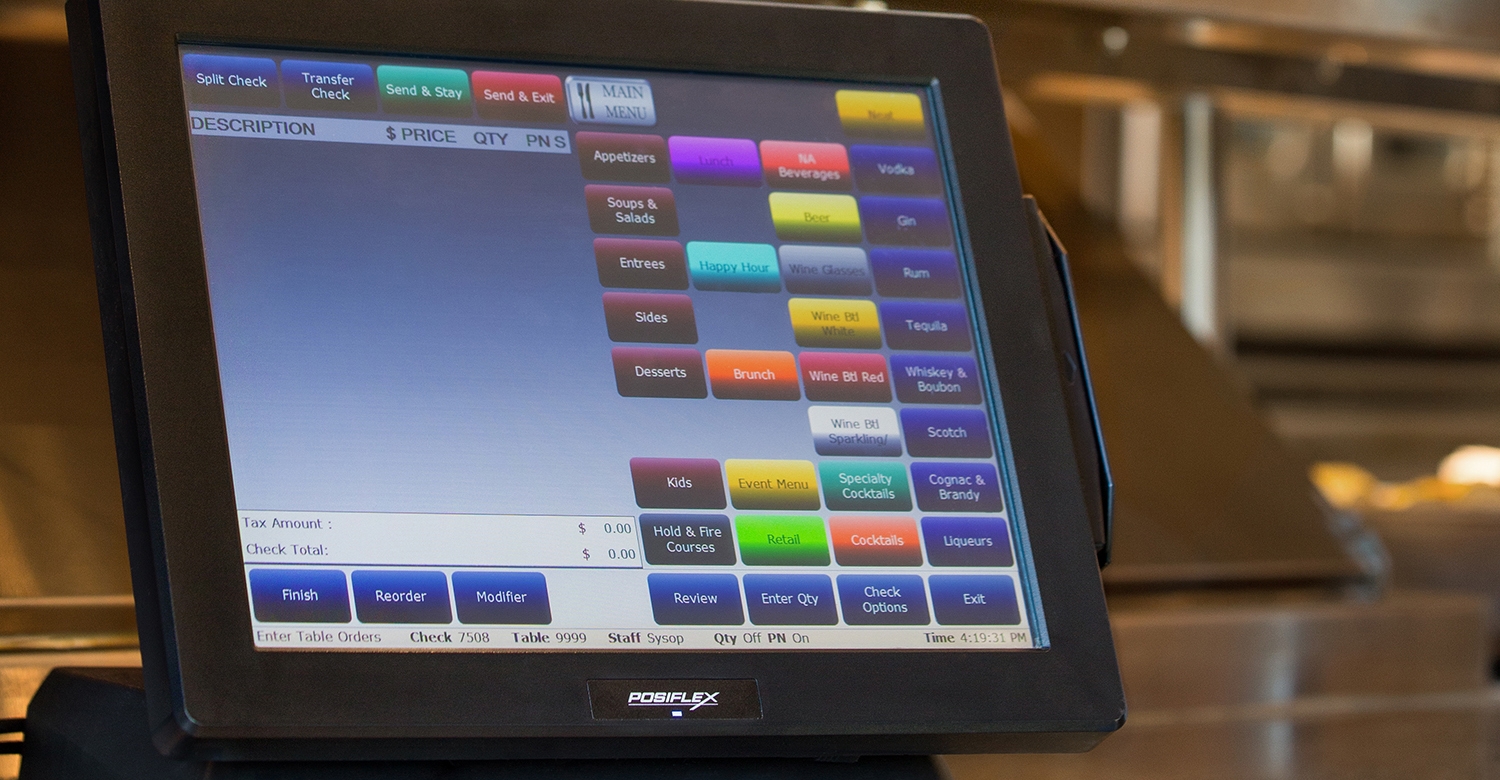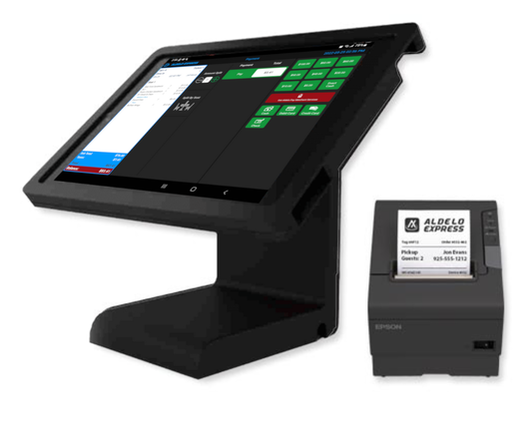Why Restaurant POS Software with guest profiles enhances engagement
Just How POS System Functions: A Comprehensive Guide for Entrpreneurs
A POS system functions as a necessary device for contemporary companies, integrating numerous parts to simplify procedures. It includes hardware like barcode scanners and software available monitoring. This system not just refines transactions however likewise takes care of supply and analyzes customer behavior. Recognizing its functionality can considerably affect an organization's performance and decision-making. What are the crucial elements that contribute to this efficiency? Checking out these elements uses useful understandings.
Recognizing the Elements of a POS System
A Factor of Sale (POS) system is made up of numerous vital parts that function with each other to promote purchases and take care of service procedures. At its core, the hardware includes devices such as a cash register, barcode scanner, invoice printer, and settlement incurable, all crucial for refining sales (Restaurant POS Software). The software application element handles inventory, sales tracking, and client information, offering important insights for business decisions.Additionally, data sources keep deal records and consumer info, making sure data integrity and security. Network connection allows real-time updates and access to cloud-based solutions, improving operational performance. Interface, developed for convenience of use, enable staff to browse the system quickly, lessening training time. With each other, these elements develop a cohesive system that enhances the sales procedure, improves client solution, and help in effective monitoring of business resources. Comprehending these elements is essential for entrepreneur seeking to optimize their POS systems
Just How Sales Purchases Are Processed
When a consumer decides to purchase, the sales deal launches a series of methodical steps within the POS system. The cashier inputs the items being purchased, which are checked with a barcode reader or manually entered. This action retrieves product details, consisting of pricing and appropriate taxes, from the system's database.Next, the client exists with the complete quantity due. The POS system after that refines the settlement, whether through cash, credit scores card, or mobile payment techniques. For digital settlements, the POS firmly connects with settlement cpus to accredit and verify the transaction.Once the repayment is verified, the system produces a receipt, which can be published or sent out electronically. This invoice acts as receipt for the customer. Ultimately, the purchase information is taped in the system, making certain exact sales documents and economic monitoring for business.
Stock Administration and Monitoring
Reliable stock monitoring and monitoring are important parts of a POS system, as they guarantee that companies preserve perfect stock levels and minimize discrepancies. A robust POS system enables real-time supply updates, mirroring sales and returns immediately. This allows entrepreneur to keep track of stock levels properly, making certain that popular products are conveniently available while protecting against overstocking of much less prominent products.Additionally, advanced POS systems offer features such as computerized supply notifies and reorder recommendations, streamlining the purchase procedure. Barcoding and RFID technology boost precision in tracking inventory activity, minimizing human error. Extensive coverage tools provide understandings into supply turnover rates, assisting companies make educated choices about purchasing and product offerings. Inevitably, effective supply administration via a POS system not only improves operational efficiency however also improves customer contentment by guaranteeing product accessibility.

Assessing Client Data and Insights
Customer data evaluation offers as a powerful tool for organizations making use of a POS system. By collecting and analyzing deal go to website data, companies can discover useful insights regarding client habits and preferences. This analysis enables them to determine acquiring patterns, peak shopping times, and prominent products, thus informing supply decisions and marketing strategies.Additionally, services can segment their consumer base, permitting personalized marketing initiatives that accommodate details demographics or purchasing habits. Recognizing customer commitment patterns also aids in creating targeted promos and incentives programs.The information amassed from a POS system can additionally disclose insights right into client responses, enabling services to make informed decisions regarding product offerings and solution improvements. Inevitably, leveraging client data efficiently can enhance the general shopping experience, foster client contentment, and drive revenue growth.
Advantages of Executing a POS System
Implementing a POS system supplies various benefits that can significantly boost company i was reading this operations. To start with, it streamlines transaction processes, reducing delay times and boosting customer fulfillment. By automating sales procedures, businesses can reduce human mistake and warranty exact record-keeping. Additionally, a POS system supplies valuable data analytics, enabling owners to track sales trends and stock levels in real-time. This insight supports informed decision-making, helping to maximize supply administration and advertising strategies.Moreover, many POS systems incorporate with various other company tools, such as accounting software program, streamlining financial monitoring. Improved worker management functions, such as tracking hours and performance, additional contribute to operational efficiency.Lastly, the application of a POS system can result in enhanced income with improved customer experiences and tactical insights, ultimately cultivating service growth and sustainability.
Regularly Asked Concerns
What Kinds Of Organizations Can Gain From a POS System?

Just how much Does a POS System Normally Cost?
The price of a POS system usually varies from a few hundred to numerous thousand dollars, relying on features, equipment, and software - Restaurant POS Software. Services must think about recurring costs for maintenance, assistance, and transaction processing when budgeting

Can I Integrate a POS System With Existing Software?
Incorporating a POS system with existing software program you can find out more is frequently feasible. Several systems use APIs or built-in compatibility features, permitting businesses to improve procedures and enhance functionality by linking different software application applications effectively.
What Training Is Required for Personnel to Make Use Of a POS System?
Training for staff to use a POS system commonly consists of understanding software application capabilities, processing deals, handling inventory, and managing client interactions - Restaurant POS Software. Practical demonstrations and hands-on technique sessions enhance proficiency and self-confidence in utilizing the system properly
What Takes place if the Net Drops While Using a POS System?
If the net decreases during POS system use, transactions might be disrupted. Numerous systems use offline capacities, permitting basic operations to continue, however complete performance, consisting of real-time inventory updates, will certainly be limited.